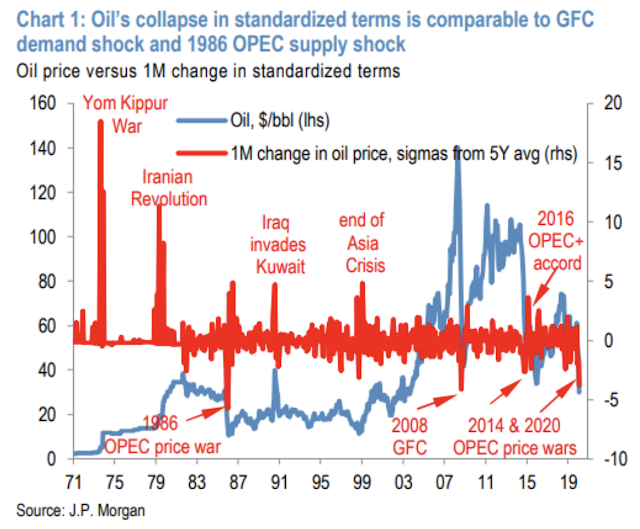We have entered the new "Globalization Dark Ages". Global trade is not done, but the golden age of globe trade is no more. It may have end pre-COVID. It was on the ropes during COVID. The globalization end has come through global sanctions and not COVID restrictions.
We should see a reversal in trade growth because the foundations of globalization have been destroyed. Sanctions of goods and finance are now a serious global tool of economic warfare that affects all countries, producers and consumers, exporters and importers. In a sanctions world, there is no free trade just allowed and not allowed trade. Free trade is now determined by government policy.
Cancel and isolation are the new means of global warfare. Trade war has been taken to a new level. We are not saying that these actions are unjustified, but the implications are profound and will not be reversed with a flip of a switch. Can we really expect trade and direct investment will return soon if the war in Ukraine ends tomorrow?
Multilateral trade driven by the rules and norms of WTO is no more. Companies are pulling back from global aspirations even without being told by governments to stop dealing with some bad actor countries. Trade is moving from multilateralism to bilateralism as sides are chosen.
Global financing of trade and foreign direct investment is not just in peril but has swiftly ended. There are no safe assets given a world of electronic money transfer isolation.
We are moving from low mercantilism to strategic country production as a protection against trade autarky and isolationism. National interests are served by isolation. There is a new Iron Curtain based on a wall of trade and finance limitations. Instead of keeping labor in, the curtain is keeping goods and capital out. Trade shunning.
The triumph of a multinational corporate model has ended and is reverting to a model of corporations serving the interest of states. There is no reason for multinationals to be everywhere if the threat of sanctions are real. The political threats are not just from the host country restricting behavior but the home country stopping corporate action.
Supply chain logistics focused on global cost efficiency will be replaced with supply chains based on national threats and the avoidance of sanction risks. Alternative sourcing is now a critical strategy.
The source of fungible commodities is now relevant. Oil is not oil. It is biased by being Russian oil. Wheat is not wheat but Russian wheat. Sanctions against commodities coming in and export restrictions on goods coming out of a country.
Every country will be an island or at best part of archipelago of countries not based on a region but on politics. Empires and commonwealths of similar interest will replace free trade. There will be a new equity risk premium associated with sanction risks. Investors will need a premium for multi-national firms.



































